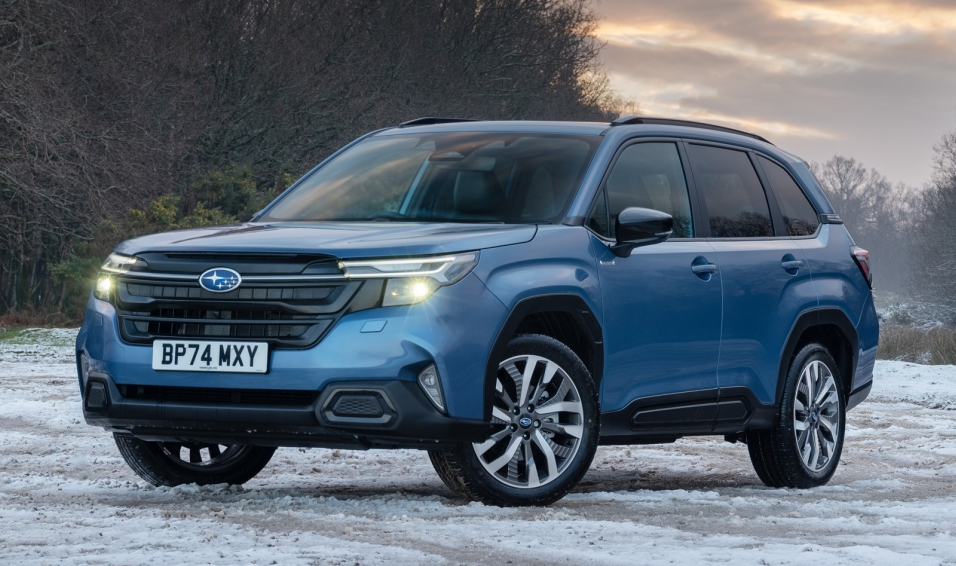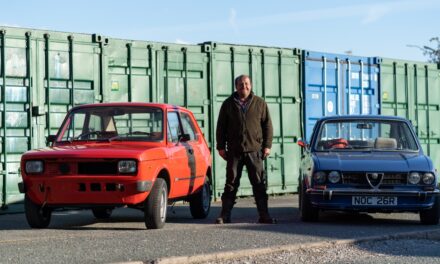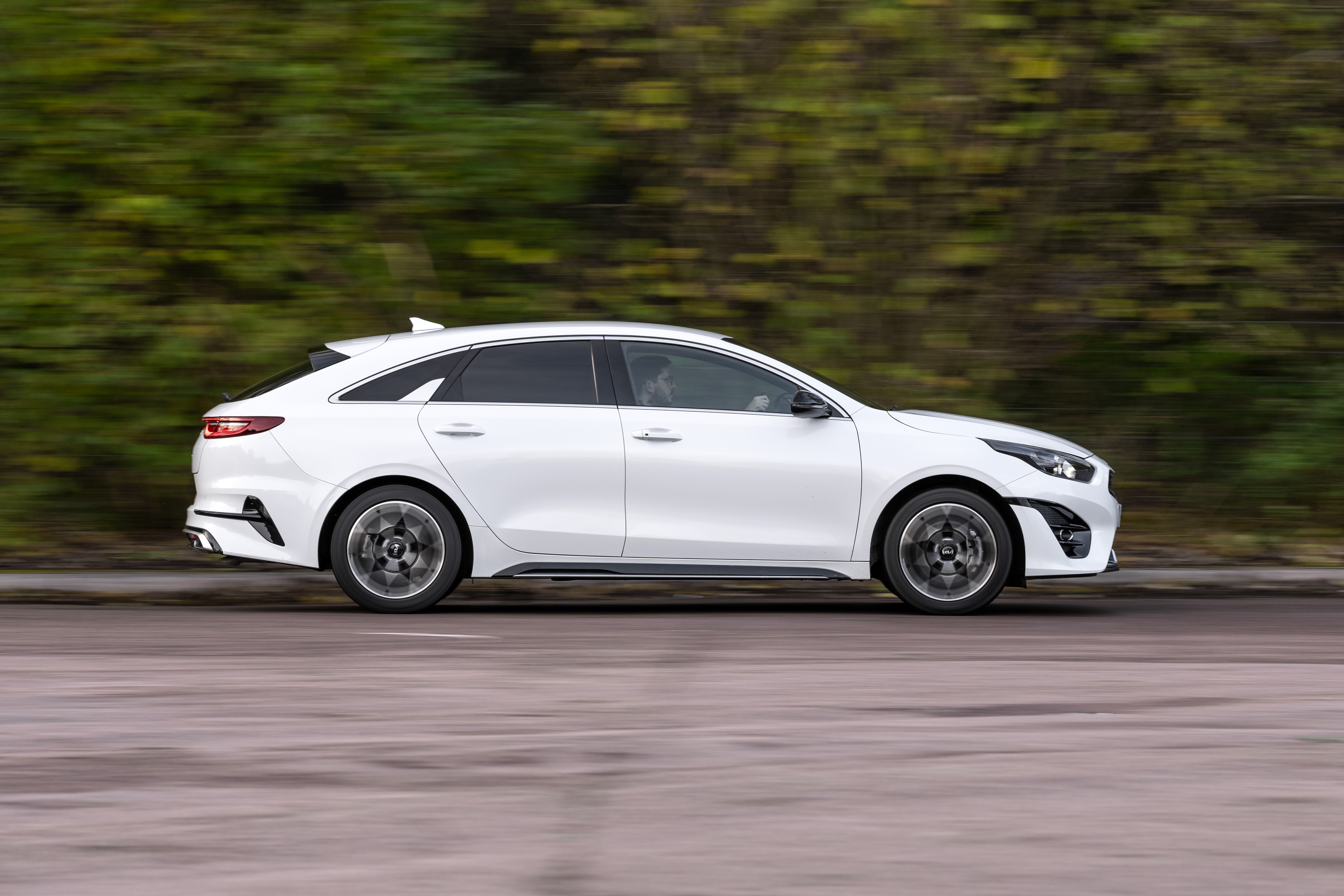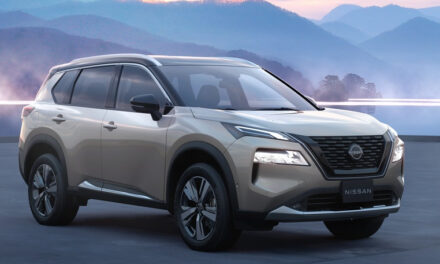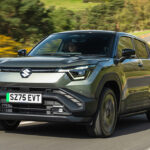Long before SUVs turned the car world upside down Subaru was doing its own bit of trail blazing.
The year was 1997 and we were used to seeing slab sided 4x4s with noisy diesel engines, but things were beginning to change. Honda offered something different with the CR-V and then Subaru muscled its way in with Forester, a car that didn’t look like a tower block but could be called on to pull a horse box across a muddy field, navigate a bolder strewn track and still take the kids to school without loosening their teeth fillings.
So here we are 28 years later and still talking about Forester, now into its sixth generation and, remarkably, not looking a lot different from the original. Once a Forester, always a Forester…
There have been some visual changes to the new model, slimmed down headlights, a less gawky looking grille and deep creases over the wheel arches. Yet this Forester is a much different kettle of fish to the one it replaces.
A lot of work has been done to make Forester a better car to drive and a better experience for passengers. The chassis is more rigid so there is less body roll and the suspension is better at cushioning passengers against our potholed roads and speed humps. Cabin noise has been reduced by a whopping 39 per cent. Compared to Foresters I have driven before the difference is immense.
Changes to the cabin layout are more subtle. It still has a large portrait style central touchscreen but ‘switch city’ has virtually disappeared and hooray to that. They were everywhere on the old model, some out of sight. Now we just have switches for demisting and controlling temperature that sit flush on the touchscreen.
At first the touchscreen looks like a chaotic mishmash of information but is actually completely logical. I liked the permanent display of heating controls at the base of the screen as well as quick touches for auto hold and disarming lane departure, a safety feature that is useful on motorways but an annoyance on rural roads.
Navigation only comes on the top two models and now supports what3words the system that provides a unique three word address for any three metre square on earth, pinpointing destinations that might not have an accurate post code. I find it mindblowing.
The cabin is still very black but some new textures and stitching colours have been introduced to break up the monotony. Customers should be satisfied with the Limited model that comes in just under the £40,000 limit and avoids the new road tax penalty.
Limited has an extensive equipment list that includes heated and powered front seats, keyless entry, wireless phone charging and connection for Apple CarPlay and Android Auto so give it serious thought.
The Eyesight safety system that has been the envy of many rivals is standard and has even more features including emergency braking the car going forward or reversing.
The top of the range Touring pushes up the price and begs the question whether it is worth it for a sunroof, heated rear seats, heated steering wheel and powered tailgate when the Limited is such good value.
What sets Forester apart from its rivals is permanent four wheel drive and the legendary X-Mode off road system has been improved and is standard. I have done serious off roading in Forester and it really can take on ridiculously challenging situations and come out unscathed.
There are no changes to the power unit which is still the famed 2-litre Boxer engine with mild hybrid assistance, although power has been reduced to meet emissions regulations. The engine has no help from a turbo so if performance is key look elsewhere because a trip to sixty is pedestrian against its rivals, yet it is a comfortable cruiser.
Economy isn’t a strong suit either although I easily beat the official average with 38mpg over a week’s driving but you would be lucky to go 300 miles before visiting a petrol pump. Going a step further with a full hybrid or plug-in hybrid would close the gap to the rest of the pack.
This new Forester is up there with the best off roaders money can buy. Is it over engineered for its market? Probably in the UK but not in places like Canada, North America and the Nordic countries where they want peace of mind when the weather gets tough and buy Foresters in droves.
Here Forester is up against a car park full of trendy rivals and is banking on its value for money, reliability, and roomy family friendly cabin – it has more rear legroom than the Genesis reviewed last week. Existing customers will be delighted with the improvements but that is not who they need to convince.
Fast facts
Forester Touring
£44,100 (starts £39,995)
2-litre petrol; 136bhp
0-62mph 12.2secs; 116mph
34.9mpg combined
183g/km. 1st tax £345
Insurance group 23
Boot: 508-1679 litres
Towing: 1870kg

